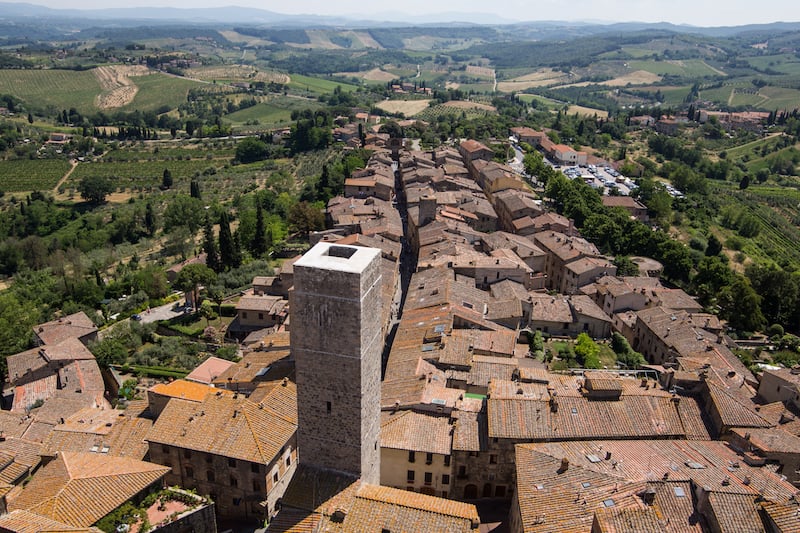If there is anything Spain can boast of, it is the centuries of history that have been written not only in the pages of the books but also in the buildings, arches and squares that give a living testimony of the coexistence of Jews, Mudejars and Christians. Fruit of this coexistence in the Middle Ages, Jewish quarters or juderías emerged in many cities. Let us recommend you some of the Jewish tours in Spain that you can’t miss.
Jewish tours in Spain that you can’t miss
Toledo
Toledo, called the city of the three cultures, has one of the most important Jewish quarters in Spain. Therefore, Toledo is the first of our recommended Jewish tours in Spain . Its narrow streets, its gates and its walls bear witness to the important Jewish presence in the centre of the city. Pay special attention to the typical adarves. You will mainly find them from the Plaza del Conde, to Santo Tomé. A wealthy Jewish quarter with an outstanding entrance door. The El Greco House Museum, the Sephardic Museum, the Transito Synagogue, the Paseo del Tránsito and the Judería Crossing are located in this network of typical Jewish streets. We can not leave the Jewish quarter without stopping in the synagogue of Santa María la Blanca. It was built in the 12th century and became the church of the Order of Calatrava.
Córdoba
The Jewish quarter of Córdoba is one of the most visited places in the city. Today, the judería is today a white neighbourhood adorned with flowers. Testimony of the Jewish nucleus that existed already in the Roman and Visigothic times still remain. In the Street of the Jews, you can find the Synagogue, built in 1315. It is one of the few that has preserved its original structure in Spain. It keeps the women’s gallery, the Arón, where the sacred scrolls of the Law, and its profuse Mudejar decoration. The adjoining houses are supposed to be annexed buildings of it. The Talmudic School is an example.
Hervás, Cáceres
The town of Hervás, in Cáceres, was one of the most important Jewish settlements in Spain. That’s why we include it in our top four Jewish tours in Spain . The neighbourhood still retains the names of the streets of Synagogue, Rabilero or Cofradía. You will find narrow streets and houses with large overhangs, balconies and abundance of native materials, such as chestnut wood, adobe and granite. It extends from the Plaza to the Ambroz River and the Chiquita Fountain Bridge. Although there are no remains of the synagogue, the oral tradition places it on Calle Rabilero, number 19. In this building, there was a gallery that jutted out onto the street, forming an arcade that was demolished in 1949. In 1969 the area was declared a historical-artistic complex.
Avila
Avila was one of the cities where the Jews prospered most. Documents from the Middle Ages show us the location of their synagogues or the cemetery. Also, the neighbourhood where they lived, the areas where they had their shops or where they developed their craft activities. The Synagogue used to be in the Reyes Católicos street. Nowadays, the rabbi’s house has been transformed into a hotel that has preserved a good part of the original areas of the house. In the Plaza del Pocillo you can see the D. Samuel Synagogue. Today is a private house whose most important feature is the pointed arch on the door. This Synagogue dates from the 15th century.
This is just a very short example of how History and religion walk hand in hand along Spain. Please, visit our page to find more beautiful places to discover in this country.

